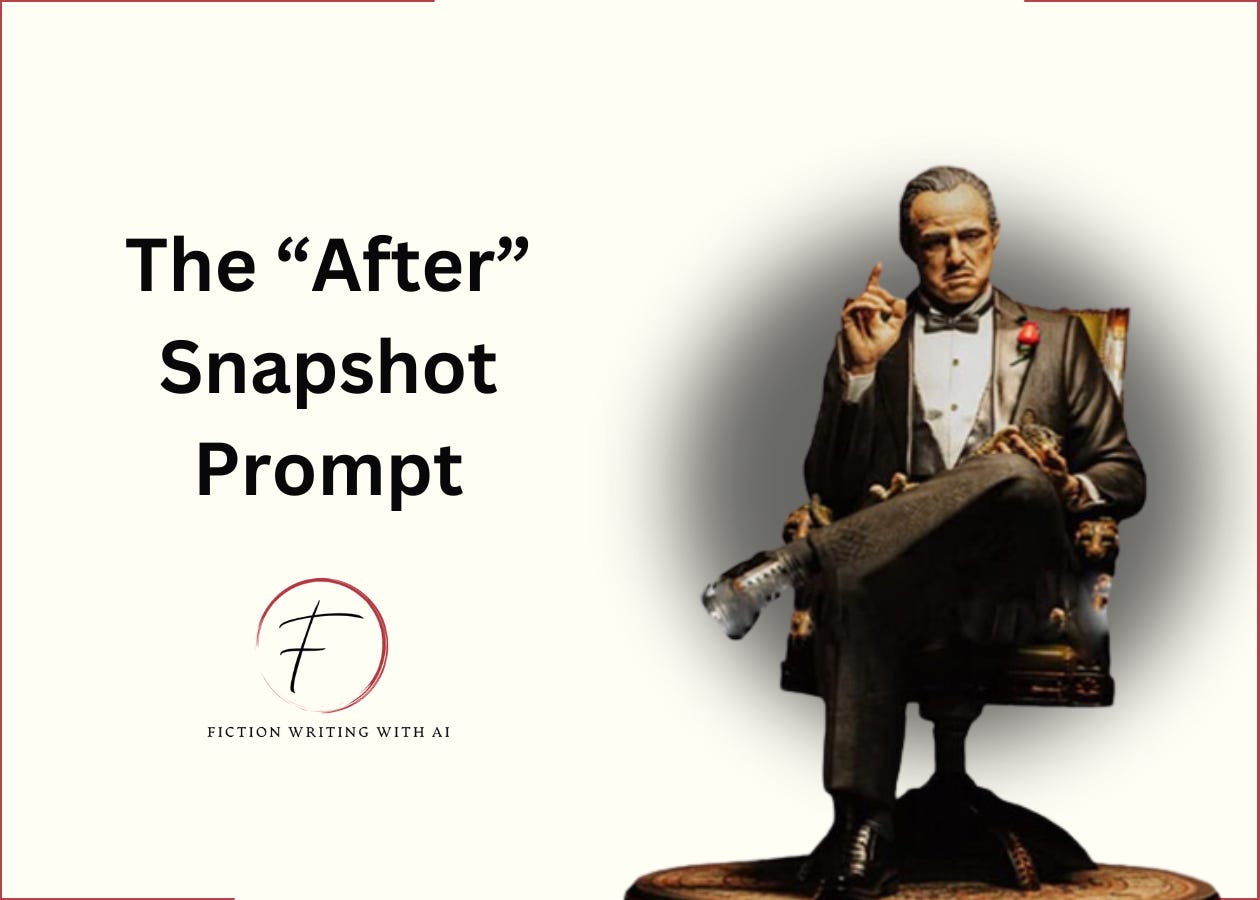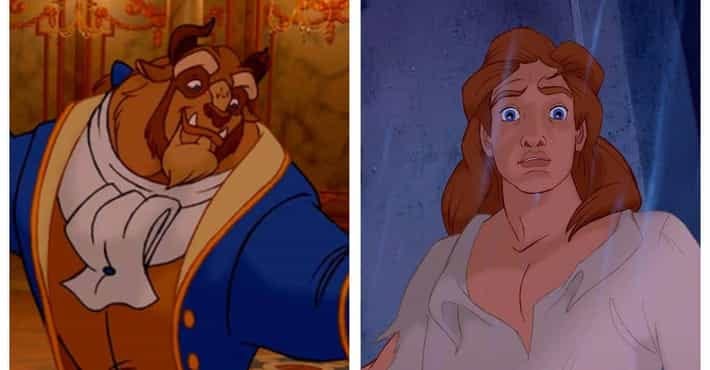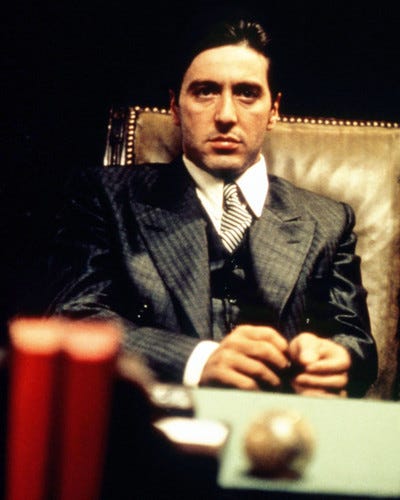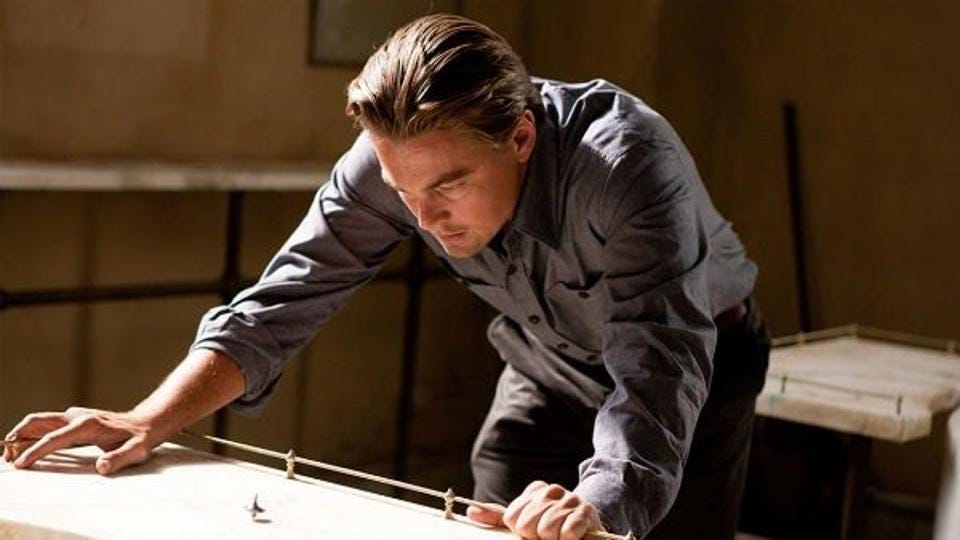Hey there!
We've reached the last beat in the Save The Cat story structure: the Final Image.
Last time, we covered the Finale, where your hero faced their biggest challenge. Now, it's time to show how all that struggle paid off.
The Final Image is your story's "after" picture. It's where you prove to your readers that your hero's journey wasn't just a wild goose chase—they've actually changed.
Let's break it down.
“Was it worth the read?”
The Final Image is mirror opposite of your Opening Image. If your story started with your hero alone and miserable, it should end with them surrounded by friends and happy.
It's all about contrast.
Light vs. Dark.
Broken vs. Whole.
Alone vs. Connected.
Beast vs. Beauty
This scene should answer the question: "Was it all worth it?"
Think about it. Your reader has followed the hero through every trial. They've laughed, cried, and bitten their nails through every twist and turn. Now they're invested.
They “need” to see how it all shakes out.
And the Final Image is your chance to show them. Without it, you leave the reader feeling shortchanged (even if your hero wins the day). The Final Image gives your reader closure, a sense of completion, and if you've done it right, a little spark of inspiration to carry into their own lives.
So don't leave your reader hanging. Give them the payoff.
7 Ways To Write A Classic Hollywood Final Image
There's no one-size-fits-all approach to the Final Image, but here are 7 proven methods to show your hero's transformation:
1. Contrast The Setting
A great way to show your hero’s growth?
End in a place that’s the total opposite of where they started.
Example: "The Lord of the Rings: The Return of the King" – Frodo starts in the idyllic Shire, but by the end, he’s sailing to the ethereal Grey Havens. The contrast between the two settings mirrors his internal transformation.
This works because the physical shift in scenery reflects Frodo’s emotional shift. He’s no longer the same hobbit, and neither is his world.
2. Mirror The Opening Scene
Bring your hero back to where they started.
Mirroring the opening gives your readers a satisfying sense of closure.
Example: "The Godfather" – We start with Don Corleone running the family business from his office, and by the end, it’s Michael Corleone in that same chair. The setting hasn’t changed, but Michael has—he’s fully stepped into his father’s shoes.
The audience can feel the transformation without a word of explanation.
Recreate the opening scene to emphasize how your protagonist has transformed.
3. Call Back To Act 1
Nothing wraps up a story like a well-placed callback.
Pull something meaningful from early on and bring it full circle.
Example: "Harry Potter and the Deathly Hallows" – Remember Harry’s first trip to Hogwarts? In the final scene, he’s sending his own child off on that same train. It’s a moment that reminds us how much Harry has grown since his own journey began.
The callback makes readers reflect on how far the character has come, and that full-circle feeling is always satisfying.
It’s all about closure.
4. Provide A "Happily Ever After" Moment
Sometimes, readers just want to know it all worked out. Give them a peek into the hero’s improved life, post-adventure.
Example: "The Incredibles" – The Parr family, once struggling to balance superhero duties with normal life, is now a united, crime-fighting team. The final image of them embracing their powers shows the payoff.
It’s comforting because it reassures the audience that all the struggle had a purpose. There’s nothing like knowing the hero is finally in a better place.
5. Introduce A Symbolic Object
A single object can say more than a thousand words. Use something meaningful to capture your hero’s transformation.
Example: "Inception" – Cobb’s spinning top in the final scene represents his uncertainty about reality. Will it fall or keep spinning? The object leaves us questioning, just as Cobb questions his own world.
It works because it lets the audience engage with the story. We’re left thinking about Cobb’s journey long after the credits roll, and that’s the kind of impact you want.
6. End With A Nod To Your Theme
Not every finale needs fireworks. Sometimes, a quiet moment that reflects your story’s deeper meaning can be just as powerful.
Example: "The Shawshank Redemption" – Andy and Red finally reunite on a peaceful beach, a perfect nod to the story’s theme of hope and freedom. It’s understated but deeply moving.
As Stephen King said: “Hope is a good thing, maybe the best of things, and no good thing ever dies.” That’s the thread running through the entire story, and the final image drives it home.
7. Show The Hero's Legacy
If you want your hero’s journey to feel bigger than just one person, show how their actions affect others.
Example: "Schindler’s List" – In the final scene, Holocaust survivors visit Schindler’s grave, showing the lasting legacy of his actions. His choices didn’t just save lives—they created future generations.
Legacy endings give your story lasting weight.
It’s not just about how the protagonist changed, but how they changed the world around them.
Whether you're contrasting settings, mirroring your opening, calling back to earlier moments, or offering a "happily ever after," your Final Image should feel inevitable.
Write Your Final Image With The “After” Snapshot Prompt
Ready to create your own memorable Final Image?
We’re going to do this in 2 quick steps.
Step 1: Brainstorm Final Images
First, we'll use this prompt to generate potential Final Image concepts:
Keep reading with a 7-day free trial
Subscribe to Fiction Writing With AI to keep reading this post and get 7 days of free access to the full post archives.







